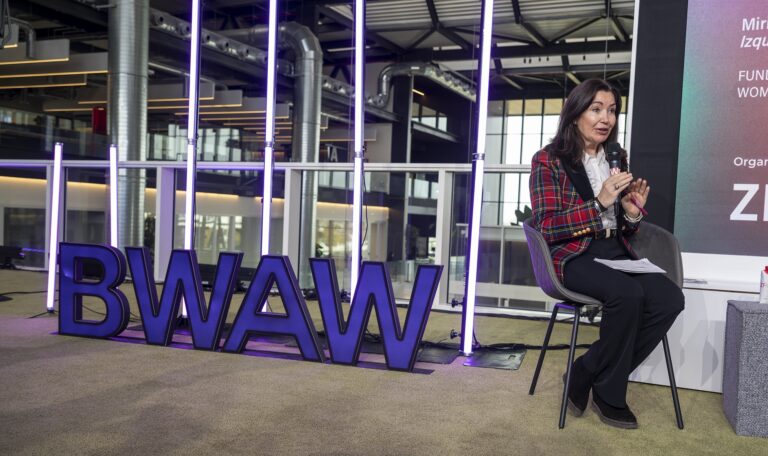Reorganizing work to attract and retain talent

14 de February de 2022
We are living in a time of change, from face-to-face work to teleworking through a hybrid format that seems, this time, to be here to stay. Our working and private lives have been affected. So have our schedules and priorities.
There is agreement that facilitating work-life balance and equality in companies brings a series of advantages that increase productivity in organizations. This is one of the positive consequences of the pandemic, which reflects a shift in the way we set our priorities, placing greater importance on health and family rather than on money. Therefore, recruitment experts point out that offering all kinds of facilities with the aim of achieving a work-life balance can be a determining factor in retaining or attracting talent in organizations, even if the salary is lower than in other companies.
In this sense, policies such as teleworking or flexible working hours improve the productivity of companies and reinforce the commitment of the entire workforce.
According to the Business Confidence Indicator (ICE) prepared by the National Statistics Institute, before Covid-19, only 16% of Spanish companies allowed their employees to work from home.
However, with the state of alarm and its limitations, this figure tripled and 51.4% of Spanish companies started to offer – or impose – teleworking to part of their workforce.
The best thing is that companies have realized that, with these changes, in addition to having their employees satisfied with the company, they are now much more efficient. The real change began about five years ago, with the entry of millennials into the labor market and the growing demand for more technological and digital profiles.
These employees highly value a good quality of life and companies realized they had to change their strategy if they wanted to get their attention. These changes have been solidified by the pandemic.
The most common organizational efficiency measures already in place are teleworking, intensive uninterrupted work schedule, work by objectives, flexitime and the regulation of meetings (to prevent them from being held after a certain time).
On the other side of the coin, there is the need to address important issues such as digital disconnection. In fact, in teleworking mode and according to a report by Infojobs, 67% of the working population answers emails and phone calls outside their normal working hours.



